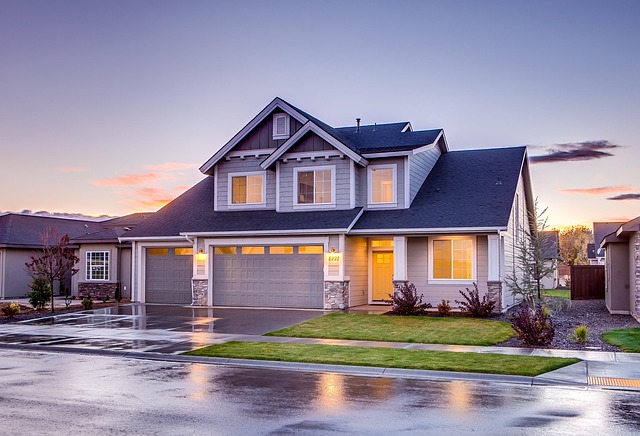Residential plumbing systems are complex networks requiring careful planning for efficient water supply and waste removal. Installation involves assessing property needs, obtaining permits, and navigating challenges like space constraints. Key steps include assessment, planning, material selection (e.g., copper pipes, energy-efficient fixtures), testing, maintenance, and addressing unique issues like drainage and pressure regulation. Regular inspections and proactive maintenance ensure a reliable system, making professional residential plumbing services crucial for optimal performance and cost savings.
“Discovering the intricacies of residential plumbing systems is essential for anyone planning a home renovation or new construction. This comprehensive guide delves into the core components that make up these vital networks, offering a foundation for understanding their complex interplay. From initial planning and material selection to installation, testing, and ongoing maintenance, we provide a step-by-step breakdown of residential plumbing services. Learn how to navigate common challenges and ensure your plumbing system stands the test of time.”
Understanding Residential Plumbing Systems: An Overview of Common Components
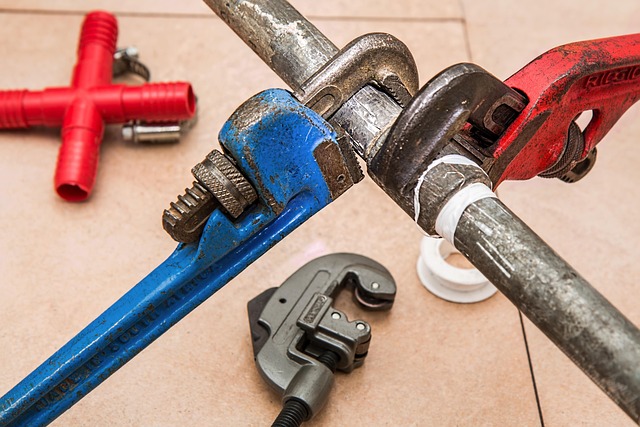
Residential plumbing systems are a complex network of components designed to facilitate water supply and waste removal within homes. Understanding these systems is crucial when considering residential plumbing services. The backbone of any residential plumbing system is the pipes, which can be made from various materials like copper, PVC, or steel, each with its own advantages and applications. These pipes convey water from main supplies to fixtures such as sinks, toilets, and showers, ensuring a continuous flow for daily use.
Beyond piping, several other components work in tandem to maintain a functional plumbing system. Valves, for instance, regulate water flow, allowing for control over pressure and enabling easy shut-off during repairs. Fixtures, including taps, toilets, and dishwashers, are integral to residential plumbing services as they directly interact with users. Additionally, water heaters play a vital role by providing hot water for various applications, while pressure regulators ensure consistent water pressure throughout the home. These common components collectively contribute to the overall efficiency and reliability of a residential plumbing system.
Planning and Preparation: Steps Before Installing a Plumbing System
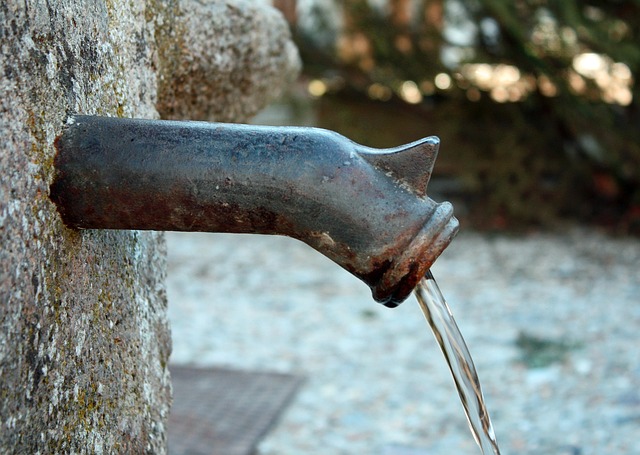
Before installing a plumbing system, thorough planning and preparation are crucial for successful and efficient residential plumbing services. Start by assessing your property’s unique needs, including the number of occupants, water usage patterns, and specific amenities like a garden or swimming pool. This evaluation helps in determining the scale and type of plumbing required.
Next, familiarize yourself with local building codes and regulations related to plumbing installations. Ensure you have the necessary permits to avoid legal complications. Consult with experienced professionals for expert advice and guidance throughout the process. Proper planning includes identifying potential challenges on-site, such as limited space or complex layouts, which may require tailored solutions.
The Installation Process: A Step-by-Step Guide for Professionals
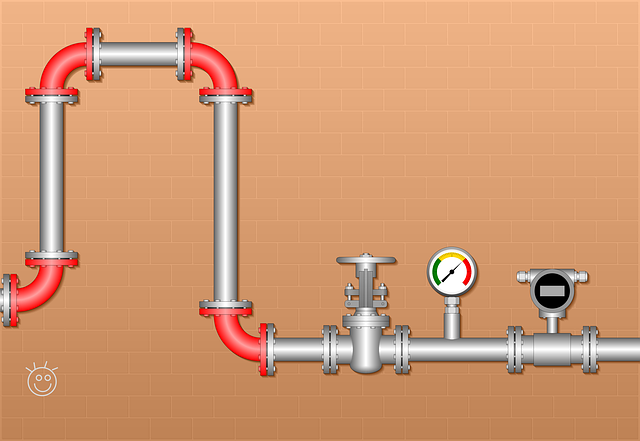
The installation process for a plumbing system involves careful planning and precise execution, especially for those offering residential plumbing services. It begins with assessing the property’s unique needs and existing infrastructure. Professionals create a detailed plan, accounting for factors like water supply lines, drainage systems, and the placement of fixtures. This step is crucial to ensure the new plumbing complies with local regulations and effectively meets the homeowner’s expectations.
Once planning is complete, the installation can commence. This involves laying the groundwork, including digging trenches for pipes and installing water meters. Plumbers then connect these pipes to the main water supply, ensuring proper sealing and fitting. As they work, they adhere to strict safety protocols, especially when dealing with gas lines or electrical components. The final stages include fixture installation, testing for leaks, and ensuring all systems operate seamlessly before turning over the completed residential plumbing services to the homeowner.
Choosing the Right Materials: Pipes, Fittings, and Fixtures for Optimal Performance

When installing a plumbing system, selecting the appropriate materials is paramount for both functionality and longevity. For residential plumbing services, pipes, fittings, and fixtures are the backbone of your water distribution network. Opting for high-quality, corrosion-resistant pipes ensures efficient water flow and minimizes the risk of leaks over time. Copper and PVC pipes are popular choices due to their durability and compatibility with various fixtures.
Fittings play a crucial role in connecting pipes seamlessly, allowing for sharp turns and branchings without compromising pressure. Bronze or brass fittings offer excellent connectivity and resistance against corrosion. Similarly, selecting the right fixtures, such as faucets, showerheads, and toilets, is vital. These components directly impact water pressure, flow rate, and overall user experience. Choosing energy-efficient models not only reduces water consumption but also contributes to long-term cost savings for homeowners.
Testing and Maintenance: Ensuring a Reliable Plumbing System Over Time
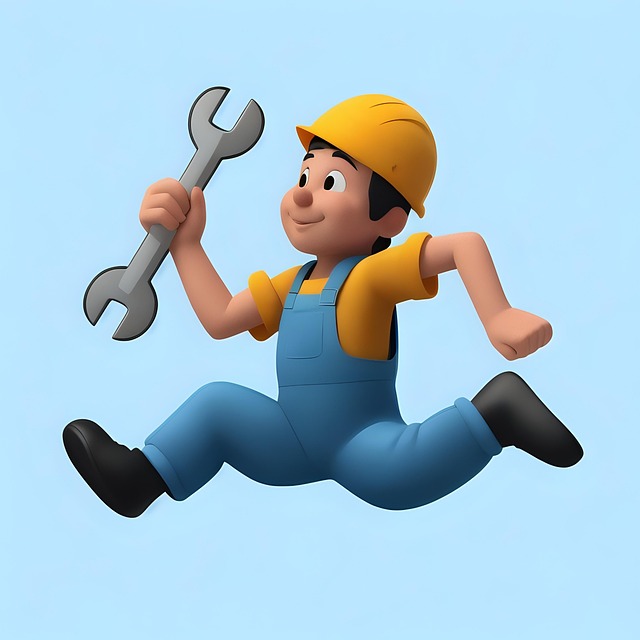
After installing your new plumbing system, regular testing and maintenance are crucial for reliable performance over time. Residential plumbing services experts recommend periodic checks to identify potential issues early on. This includes checking for water pressure, examining pipes for leaks or corrosion, and verifying the functionality of all fixtures and appliances connected to the system.
Maintenance should also involve cleaning and descaling to prevent buildup that can restrict water flow. Staying proactive with these tasks not only ensures your plumbing remains efficient but also helps avoid costly repairs down the line. Remember, regular testing and maintenance are integral parts of any quality residential plumbing services package.
Common Challenges and Troubleshooting Tips for New Residential Plumbing Installations

New residential plumbing installations often come with unique challenges that can be frustrating for both homeowners and professional plumbers. One common issue is ensuring proper drainage, especially in areas with hard soil or steep slopes. To troubleshoot this, plumbers should consider installing sloped drains and checking for any obstructions or blockages during the installation process. Additionally, water pressure regulation is another challenge; high pressure can lead to leaks while low pressure affects water flow. Plumbers can address this by fitting pressure regulators and checking for leaks after installation, using specialized tools to test and adjust pressure levels effectively.
Another aspect to consider with residential plumbing services is the proper sizing of pipes to meet the property’s demands. Insufficient piping capacity can result in reduced water flow or increased pressure, leading to potential damage over time. Plumbers should assess the size of pipes based on factors like water usage patterns, number of fixtures, and future expansion plans. Using advanced measurement tools and following industry standards ensures accurate sizing for a seamless installation.
